By: Martha Molfetas
Impact Wins: these days, it can seem like good news rarely happens - especially in relation to climate change and the environment we all rely on. Once a month, you can expect a blog from us that features some good news on climate action and environmental protection.
It’s not new to anyone, air pollution is bad news. It prematurely kills 600 million people every year. Researchers found that inhaling polluted air over a prolonged period increases the risks for developing dementia and Alzheimer’s later in life. It even impacts the health of our soils and the food we consume. Despite recent clean energy wins, overall emissions are increasing globally, a 41% increase from 1990 to 2017. Certain developing countries produce the most air pollution globally, while developed countries like the United States and Spain are all seeing cuts to emissions. This is largely in part to new electricity demand, more factories, and more growth.
With all this, it’s not too surprising that scientists have come up with unique ways to save us from ourselves, by-way of new air pollution capturing technologies. Below are some recent innovations we can look forward to in the future.
Engineers in India developed a way to capture soot from the diesel engines of shipping vessels, and use that soot to create ink. You may have already seen this ink in action, since Dell is using it to print information on their computer boxes.
The UK just rolled out particulate matter, pollution capturing buses. The filtration system employed by these unique eco-buses will filter up to 99.5% of particulate matter. A limited number of these buses will be tested, with their filters being weighed at the end of an initial three-month trial. If successful, 4,600 of these buses will be phased in over time. The designers estimate that in a single year, one bus could capture enough particulate matter to fill an Olympic-sized pool.
Here in North America, a Canadian company is testing different technologies to see if it’s possible to capture particulate matter and turn it into fuels.
Meanwhile in Iceland, scientists have been able to capture particulate air pollution and turn it into stone.
Some of these technologies may sound futuristic and far afield, like something featured in the ‘Jettsons’, but the reality is that the future is here. We not only have tools to cut emissions and seek a zero carbon future, we have and are developing tools that can capture particulate matter pollution. However, many of these technologies remain controversial in light of their energy use, etc. At the very least, it’s a step in the right direction.
***
Ready to make an impact? Take our Impact Pledge and commit to learn, share, and act on climate change and environmental justice.
Photo by: World Economic Forum

